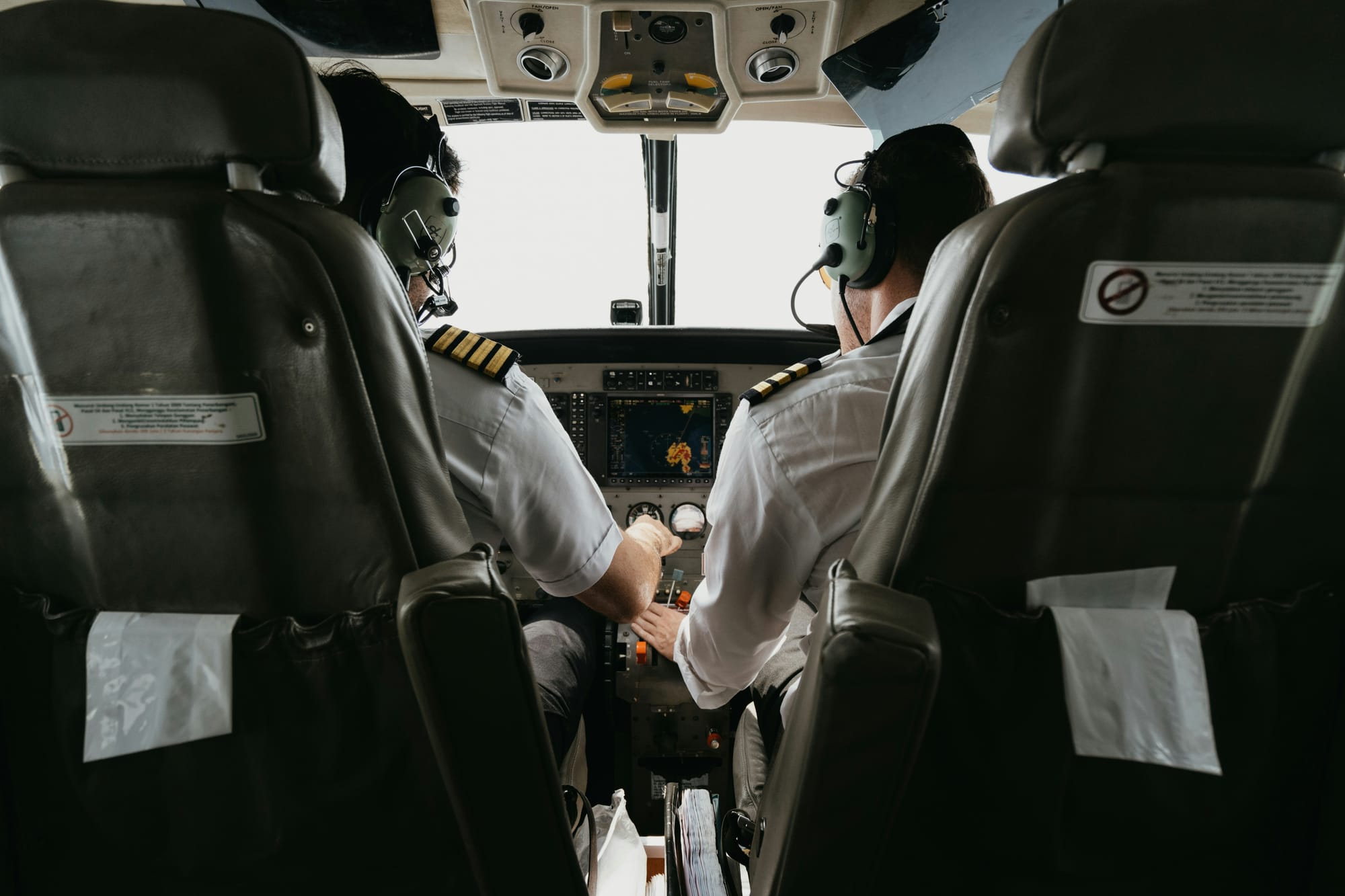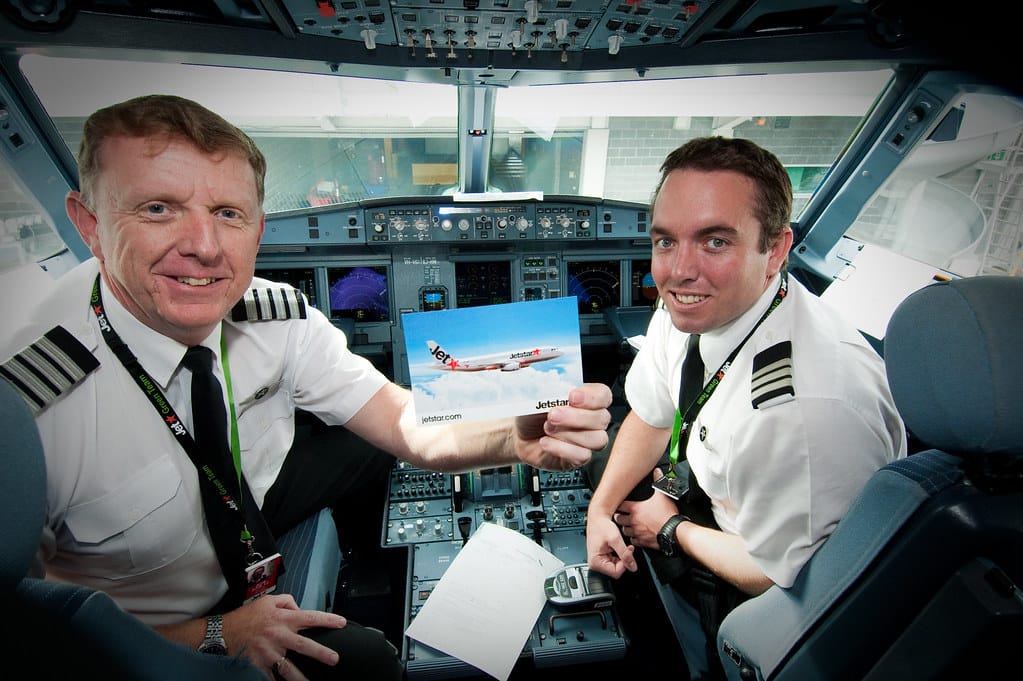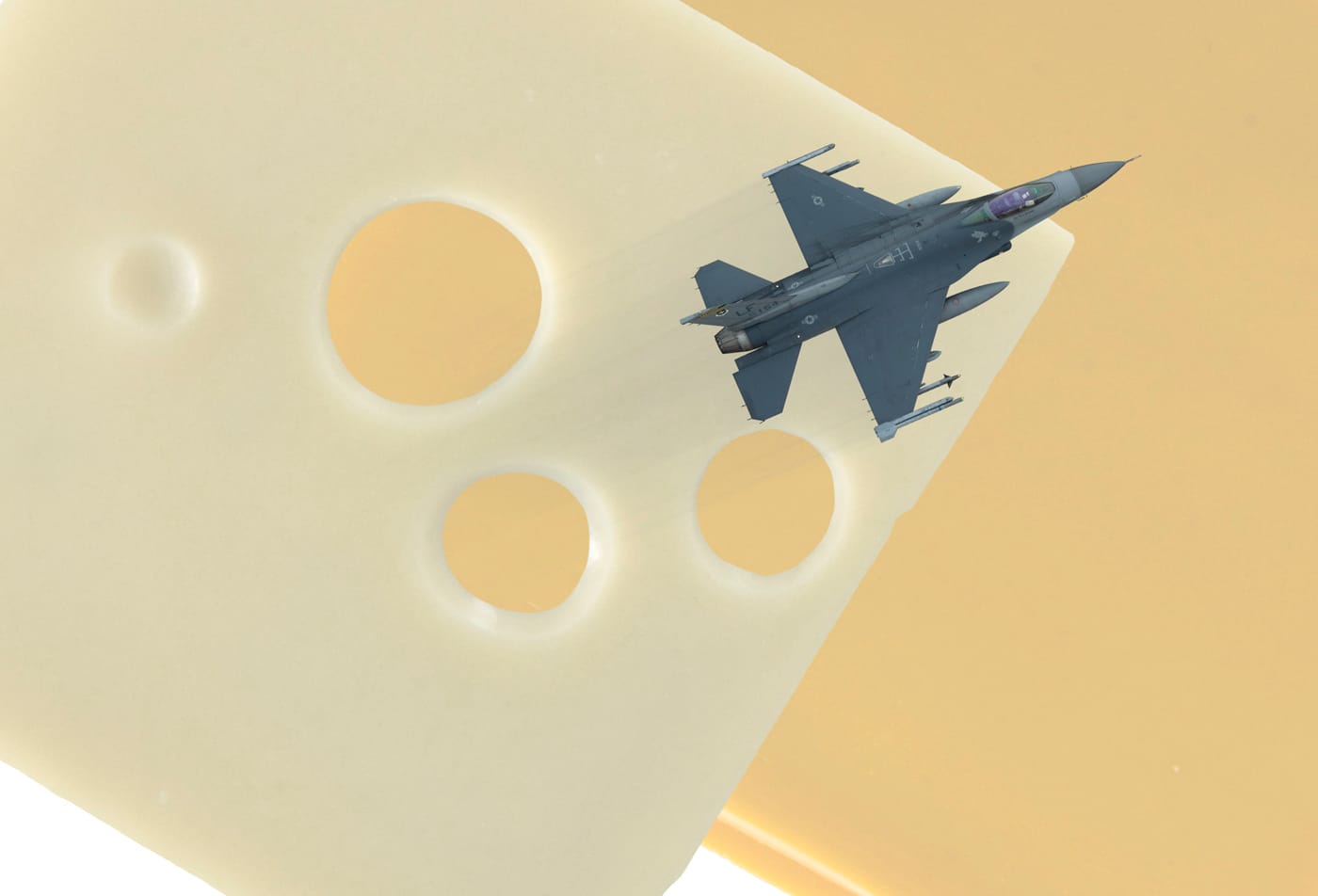A Day in the Life of an Airline Pilot
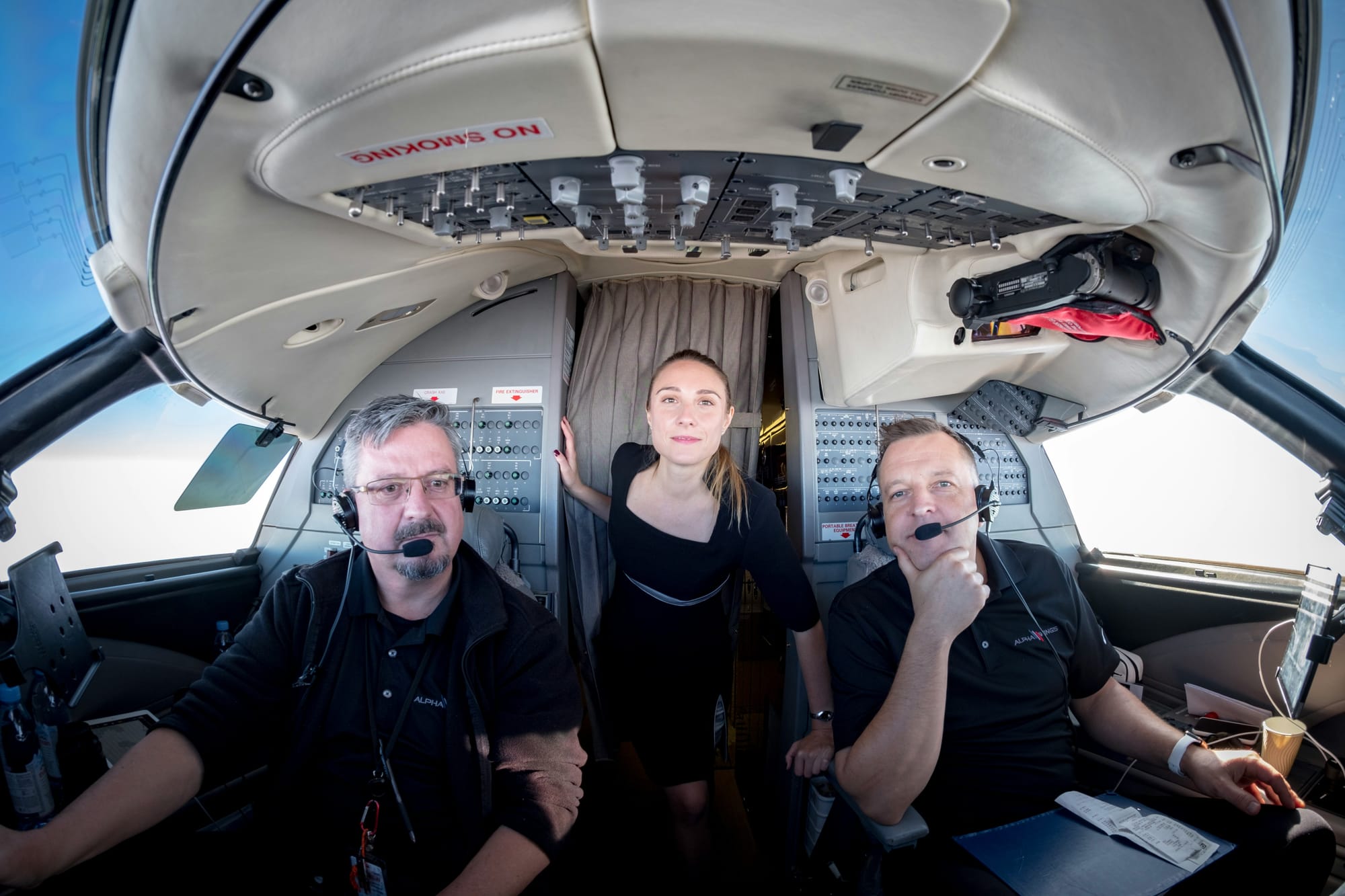
The life of an airline pilot is both exciting and demanding, filled with responsibility, precision, and a deep sense of adventure. While passengers may only glimpse the polished uniform and calm demeanor of the pilot as they board the plane, behind the scenes lies a carefully orchestrated routine built on rigorous training, planning, and teamwork. Let’s take a closer look at what a typical day for an airline pilot looks like, from early preparation to landing at the final destination.
Pre-Flight Preparation
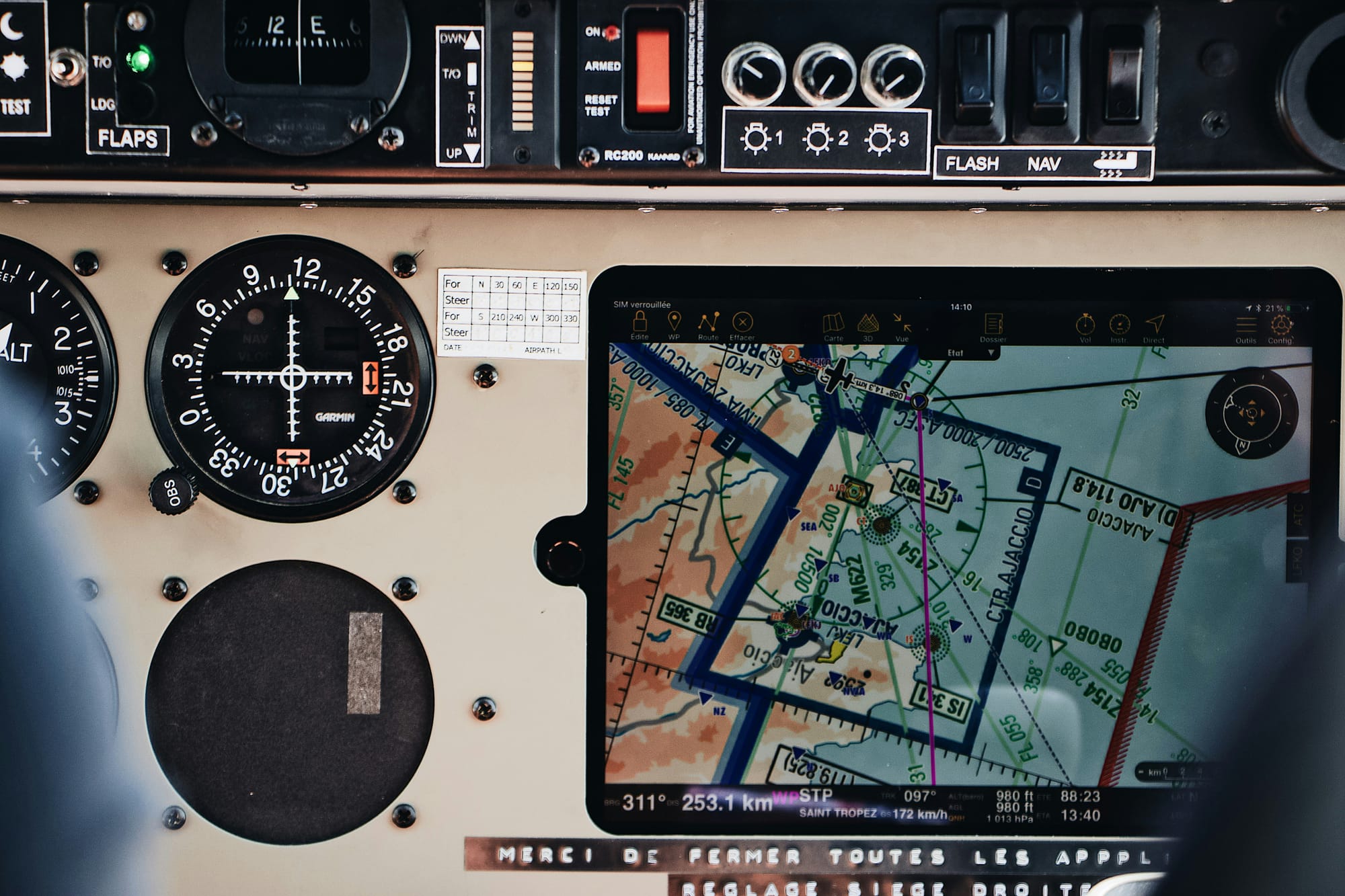
The pilot’s day begins long before the flight is scheduled to take off. Depending on the flight time, the pilot may start their day as early as 3 or 4 a.m., or just as easily begin in the late afternoon for an overnight journey. Upon arriving at the airport, the first stop is the airline's operations center or crew room, where the flight crew meets for a detailed pre-flight briefing.
This briefing is not just a formality—it’s a vital step that sets the tone for the entire journey. The pilot and co-pilot, or First Officer, go over important details such as the weather conditions, flight route, fuel requirements, and any possible challenges they may face along the way. This is also when they review any updates regarding air traffic, passenger loads, and potential turbulence zones. Safety, of course, remains the priority, so the pilots meticulously analyze everything before stepping onto the aircraft.
Pre-Flight Inspection
Once at the plane, the captain and First Officer perform a thorough pre-flight inspection. This includes walking around the aircraft, checking the condition of the exterior, engines, landing gear, and control surfaces. Inside the cockpit, both pilots work together to set up the avionics, flight management systems, and perform routine checks on the plane's instruments and controls.
This stage involves double and triple-checking—attention to detail is non-negotiable. The crew confirms that the fuel load is correct, assesses whether all systems are functional, and ensures that emergency protocols are in place. Every step is done with discipline because the safety of the crew and passengers depends on it.
Takeoff: Coordinating with Ground Control
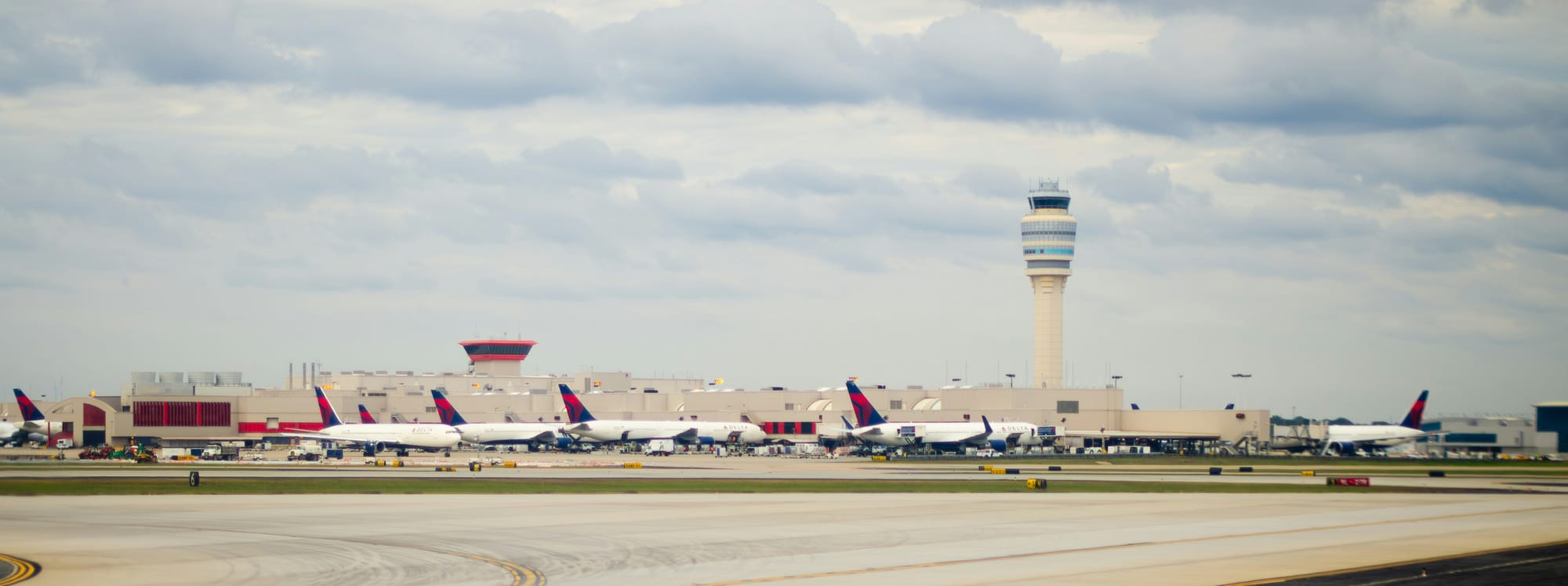
With everything in place and passengers boarded, the pilots coordinate with air traffic control for pushback clearance. Once the engines are fired up and taxiing begins, both pilots stay in constant communication—one handling the physical controls while the other manages the radio and monitors instruments. As the aircraft aligns with the runway, air traffic control gives the final clearance for takeoff. The plane gathers speed, and with a gradual yet powerful lift, it ascends into the sky.
Though the process may seem smooth, each takeoff is a high-stakes procedure. The pilots must be prepared to handle any unforeseen issues, from weather changes to mechanical anomalies, in the critical first moments after takeoff.
Cruise: Monitoring and Decision-Making
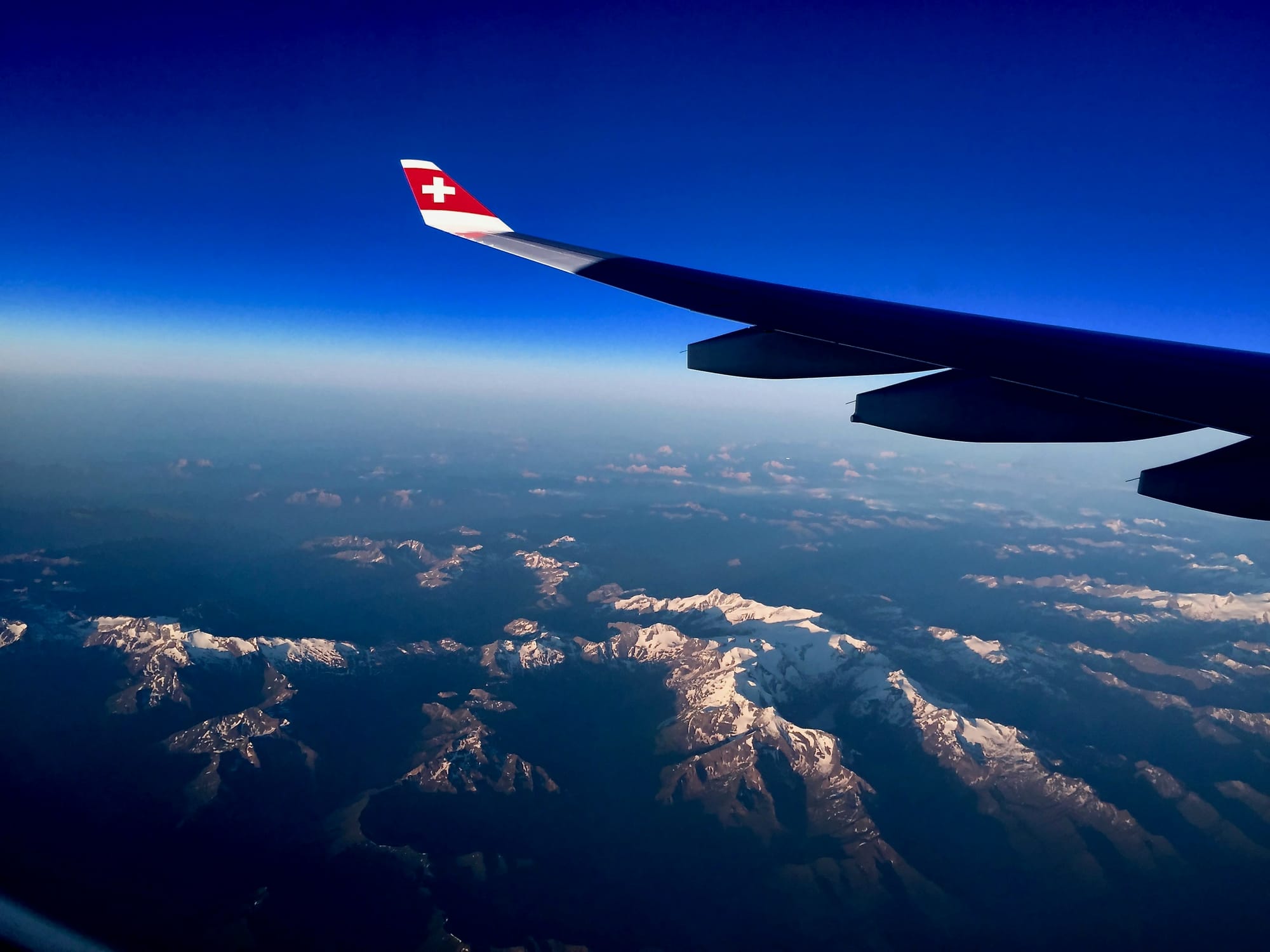
Once the plane reaches cruising altitude, the workload shifts but doesn’t diminish. Now, the pilots engage in constant monitoring of the aircraft's systems, communicating with air traffic controllers as the flight progresses across different airspace regions. At cruise altitude, decisions about speed, altitude adjustments, and routing changes are made depending on real-time conditions.
Though the autopilot may handle much of the steady flying, pilots must always stay alert. They are constantly evaluating fuel efficiency, weather updates, and potential changes in the flight plan to avoid turbulence or delay. A sense of vigilance underpins every moment, as anything from a sudden storm system to a technical issue could demand their immediate action.
Landing: Precision and Skill
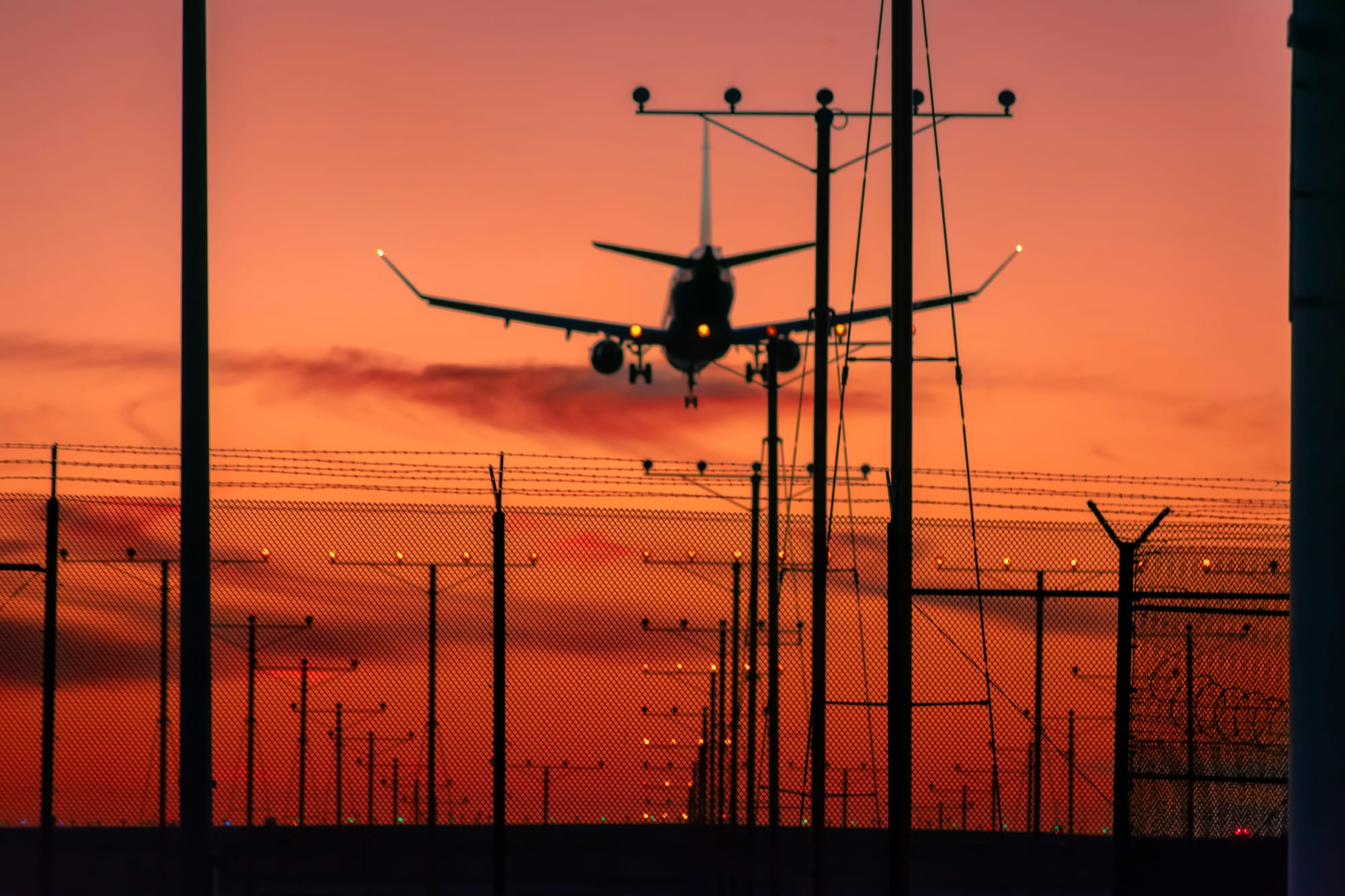
As the plane approaches its destination, the workload ramps up again. Pilots review the latest weather updates at the arrival airport, adjust altitude gradually, and initiate the descent. During landing, precision is key. Pilots rely on their experience, instincts, and instrument readings to ensure a smooth and safe approach to the runway. As the wheels touch the ground, they engage reverse thrust and carefully bring the aircraft to a safe taxiing speed.
For passengers, the landing marks the end of their journey, but for the pilots, there are still final tasks to complete. The aircraft must be taxied to the gate, engines shut down, and the cockpit instruments properly turned off. Only after a debriefing with the crew and updating logs does the pilot's day officially end.
Final Thoughts
A day in the life of an airline pilot is marked by high levels of responsibility, technical expertise, and commitment to safety. From the pre-flight briefings to post-flight checks, the process requires careful coordination, vigilance, and decision-making. Pilots are not only responsible for navigating a massive aircraft through various weather and air traffic conditions, but also ensuring the safety and comfort of hundreds of passengers on board.
It’s a career that requires dedication, rigorous training, and a steady hand. While the views from the cockpit at 40,000 feet can be breathtaking, it's the professionalism and constant preparedness that keep the skies safe. For those who choose this path, the job offers a rare blend of challenge, adventure, and the satisfaction of mastering complex systems—all while keeping the world connected.


